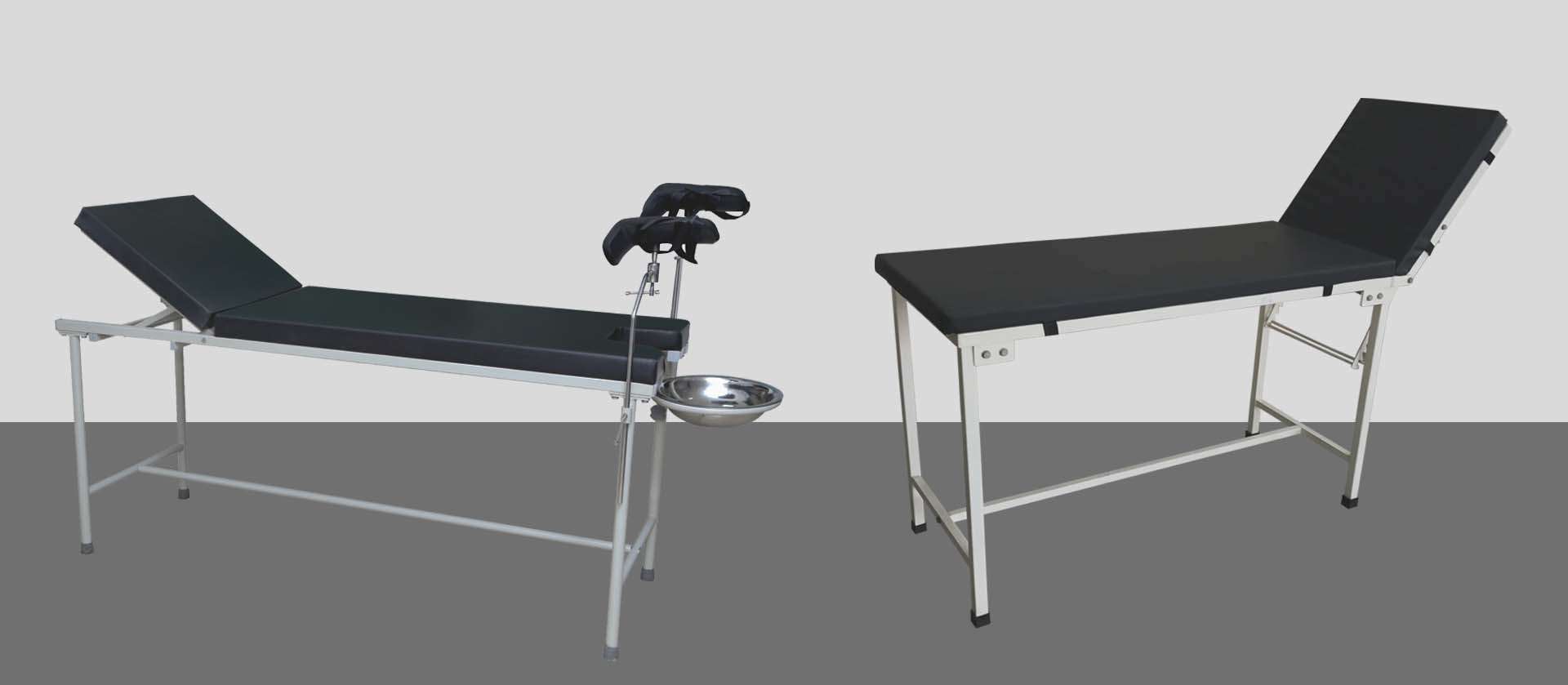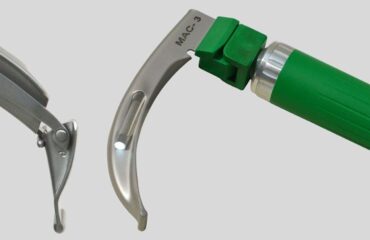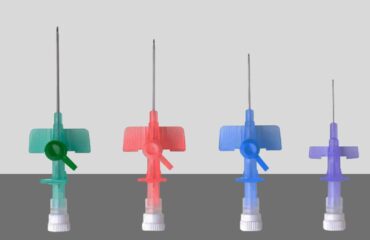Patient examination tables, also known as exam tables or medical examination tables, are specialized furniture designed for healthcare settings such as doctor’s offices, clinics, hospitals, and examination rooms. These tables provide a stable and comfortable surface for patients to sit or lie on during medical examinations, procedures, or consultations.

Features of examination tables may vary depending on the specific needs of medical practitioners and patients, but common characteristics include:
Adjustability:
Many examination tables are adjustable to accommodate different positions for examination or procedures. This might include adjustable height, backrest, leg rest, and tilt features.
Padding:
The surface of the table is typically padded to provide comfort for patients during examinations or procedures. The padding may be covered with a durable, easy-to-clean material such as vinyl or synthetic leather.
Sturdiness and Stability:
Examination tables are designed to support the weight of patients safely and securely. They are typically constructed from sturdy materials such as steel or aluminum to ensure stability.
Accessibility:
Some examination tables are designed with features to enhance accessibility for patients with mobility issues or disabilities. This might include lower height settings, removable armrests, or adjustable leg rests.
Hygiene and Cleanliness:
Since examination tables are used in medical settings, they are designed to be easy to clean and disinfect to maintain proper hygiene standards and prevent the spread of infection.
Additional Features:
Depending on the specific model, examination tables may come with additional features such as built-in storage drawers, paper roll holders for disposable exam table paper, or electrical outlets for medical devices.
Medical facility examination tables serve several crucial purposes:
Patient Comfort:
Examination tables provide a comfortable and stable surface for patients to lie or sit on during medical examinations. This comfort is essential for patients undergoing various procedures, especially those with mobility issues or medical conditions that make prolonged standing or sitting uncomfortable.
Examination and Treatment:
These tables are designed with features that facilitate medical examinations and treatments. They often include adjustable heights, backrests, and stirrups, allowing healthcare providers to position patients optimally for examinations, procedures, or minor surgeries.
Accessibility and Safety:
Examination tables are typically designed with features that ensure patient safety and accessibility. For example, they may have sturdy handrails or side guards to prevent patients from falling off during examinations. Additionally, adjustable height settings make it easier for patients with mobility impairments to access the table safely.
Hygiene and Infection Control:
Medical examination tables are usually made of materials that are easy to clean and disinfect, such as stainless steel or vinyl. This helps maintain a hygienic environment in healthcare settings and reduces the risk of cross-contamination between patients.
Diagnostic Support:
Examination tables often come with additional features or attachments that support diagnostic procedures. For example, some tables may have built-in scales, blood pressure cuffs, or other diagnostic tools, allowing healthcare providers to gather essential patient data during examinations.
Overall, patient examination tables play a crucial role in ensuring patient comfort, safety, and accessibility during medical examinations and treatments, while also supporting healthcare providers in delivering high-quality care.


